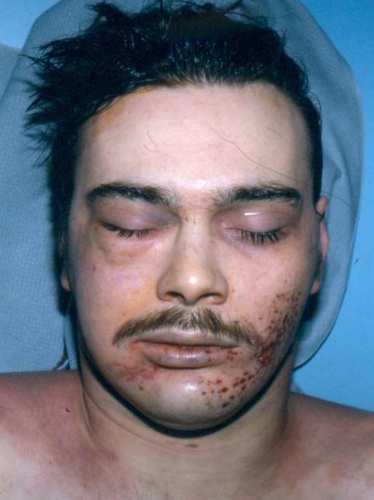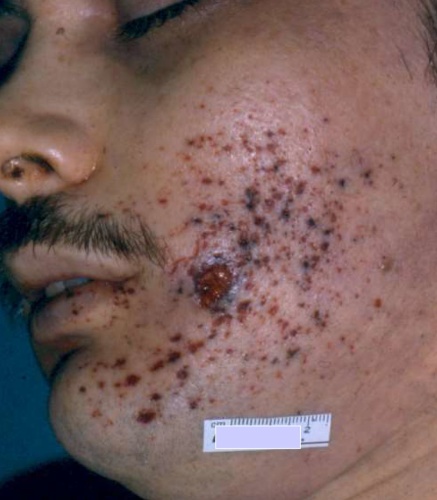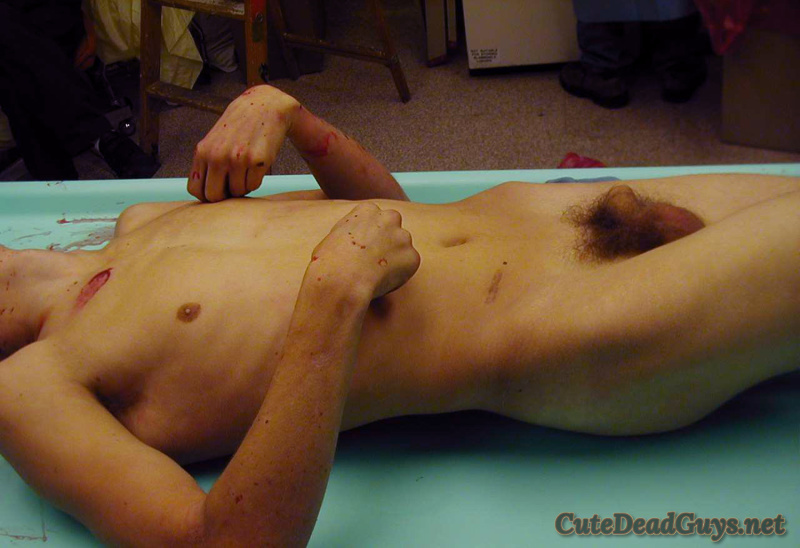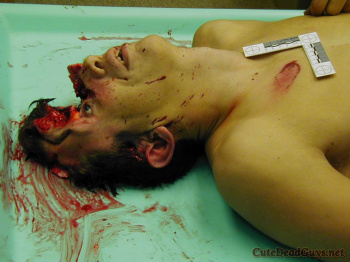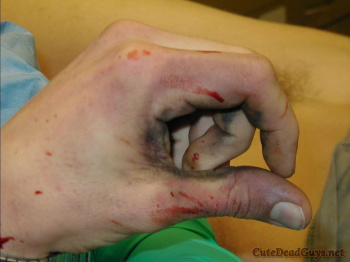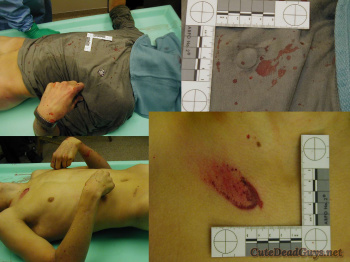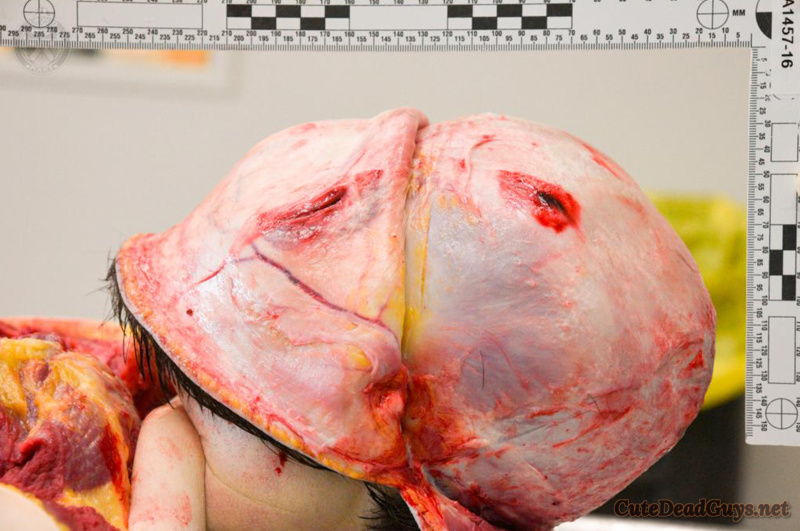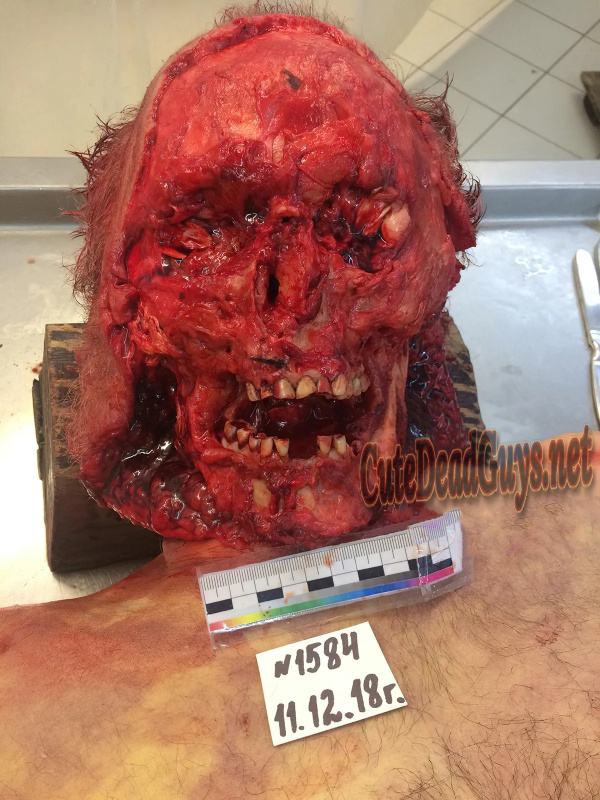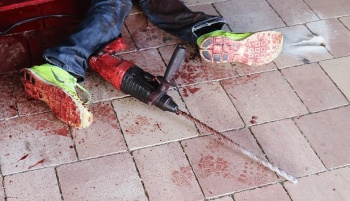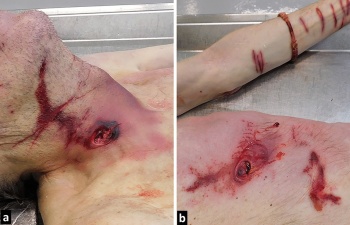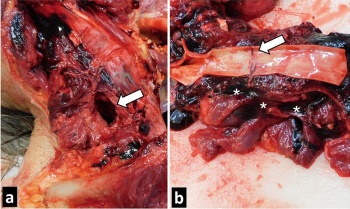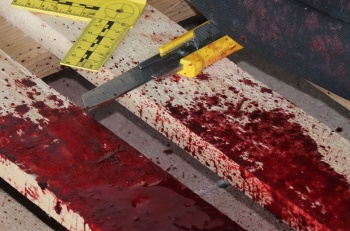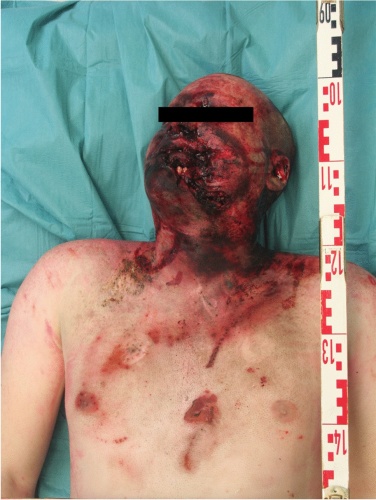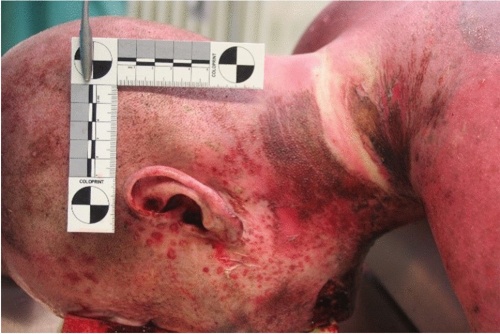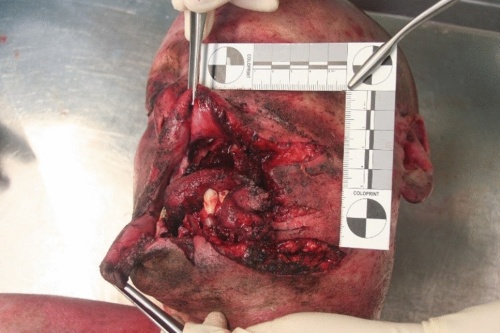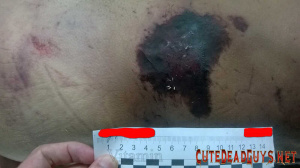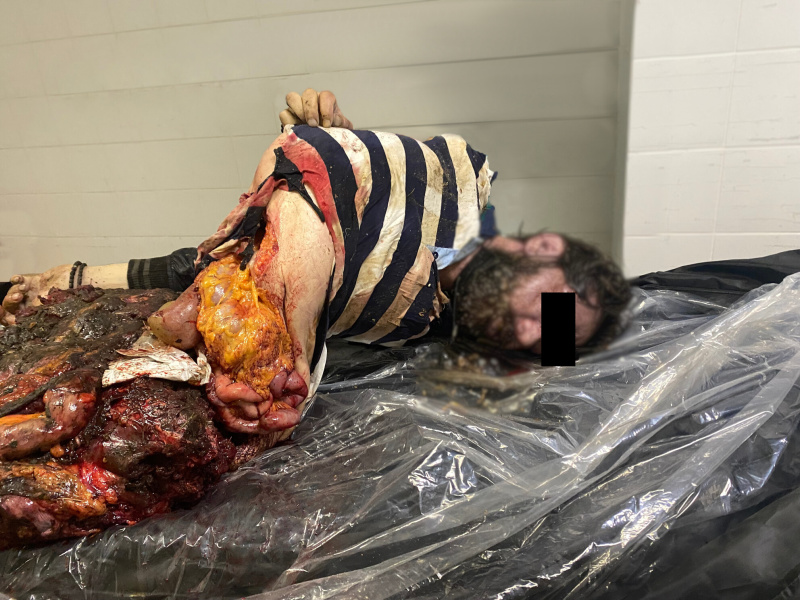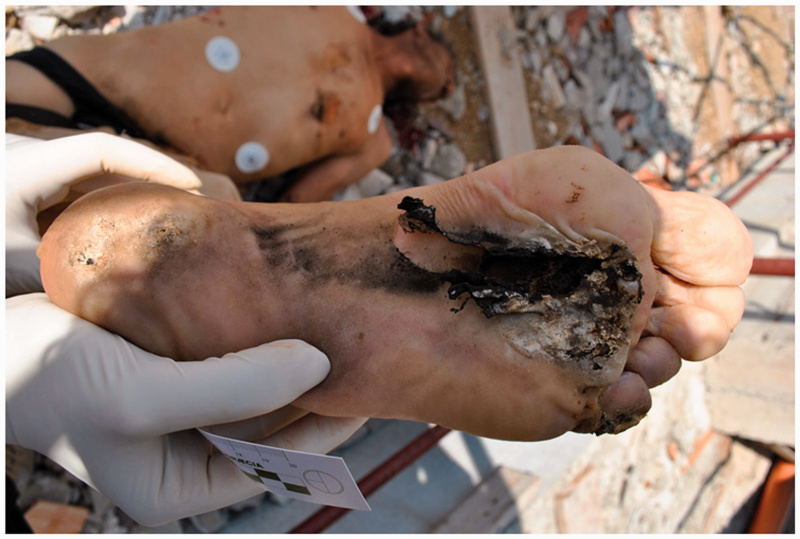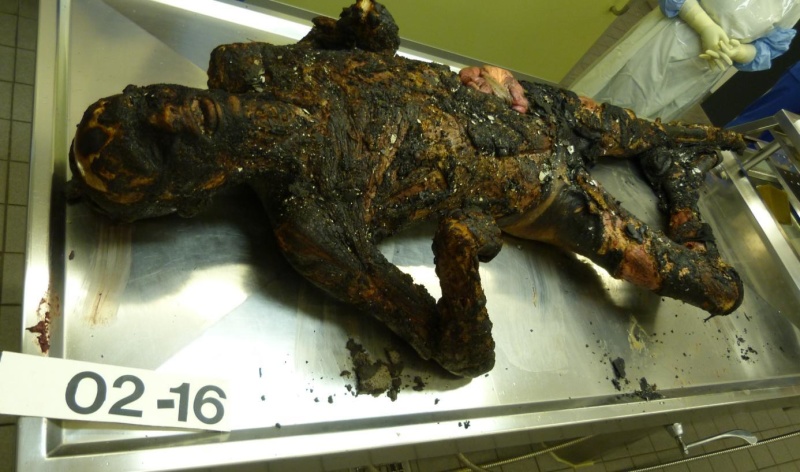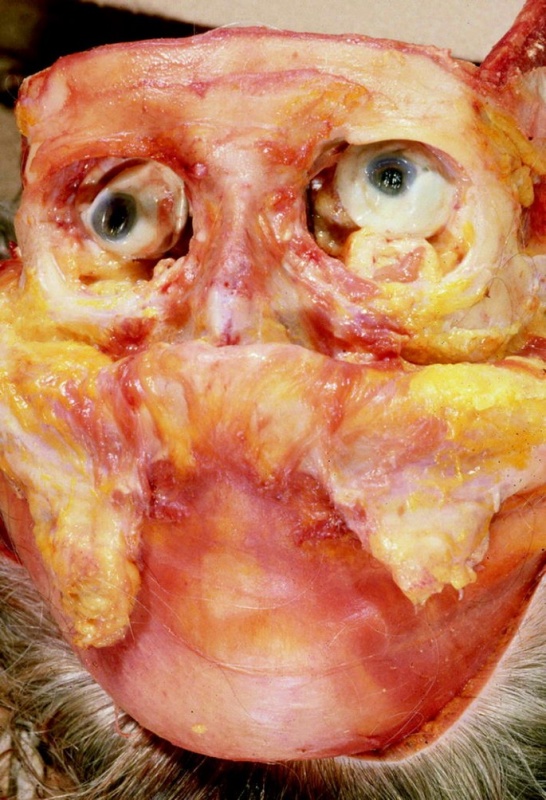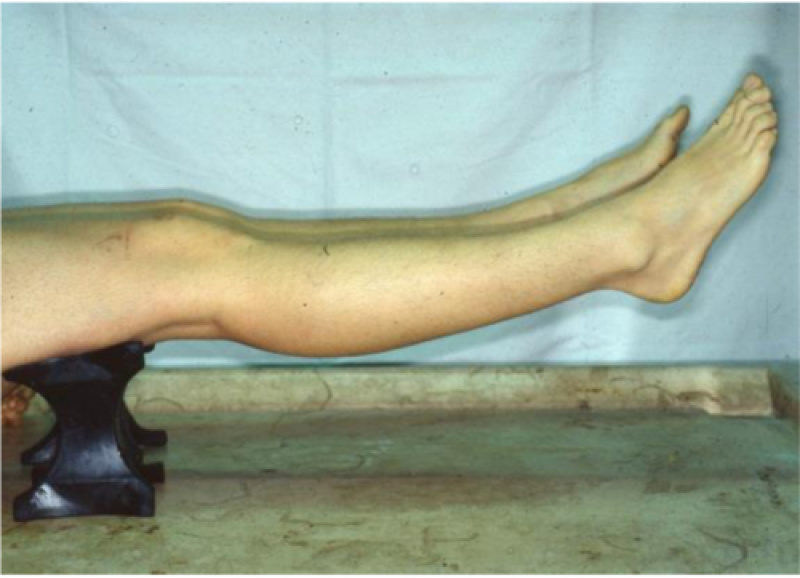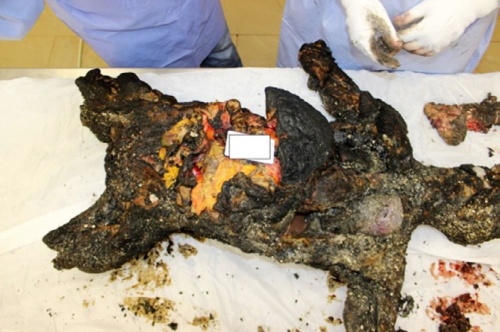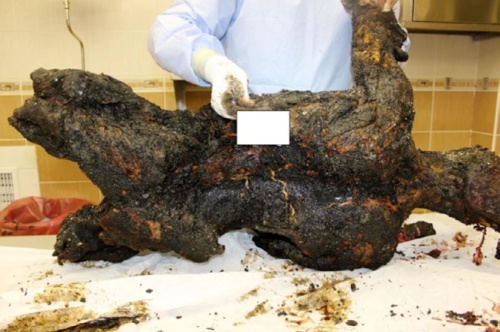- Joined
- Oct 7, 2008
- Messages
- 62,122
- Location
- Bulgaria
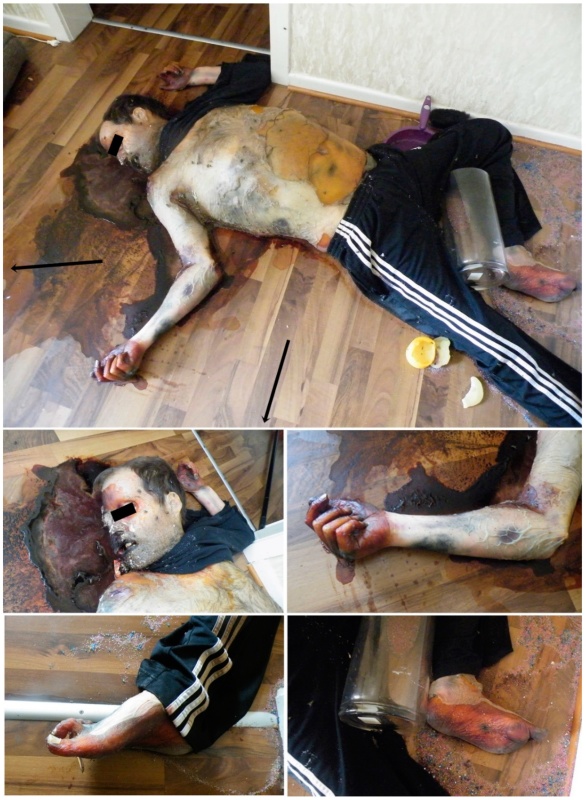
On 11 July 2017, the dead body of a 39 year old man was found in his apartment in a small district town in the eastern Ruhr area in Germany. The man was last seen on 24 June 2017. He suffered from a personality disorder, as well as drug and alcohol addiction. The body was found near the town center. There was urban greenery vegetation in the street; yet, there were no parks or larger green areas near to where the body was found.
The apartment was untidy; the body was lying on the floor, clothed in sweatpants and a pullover. Greasy brown deposits on the front left outer edge of the sofa and on the upper edge of a bucket for excrement and vomit alongside the sofa to the left were visibl. The bed sheets in the bed room also exhibited similar brown deposits.
The body was in an advanced state of decomposition, and the skin on the trunk and back, as well as the extremities, did show some red–green to grey–green color. The epidermis of the stomach area had detached in strips in places. Much of the epidermis of the trunk was detached.
While the front side of the upper body was dried out, the back section appeared damp and putrid.
There were numerous maggots and fly pupae found on both the body and in the clothing of the deceased, and numerous egg clutches were present too.
Tissue defects had been caused by feeding blow fly larvae on the left lower side of the thorax, the flank area, and above the side area of the right eyebrow. Maggots were found on and in parts of the corpse, as well as in the perineum and anus.
The left arm was covered in clothing that otherwise appears to have been pulled up to the neck; the right arm and the entire upper body were uncovered up to the neck by the clothing.
In contrast to the rest of the body, hands and feet were clearly mummified. In particular, the hands at the wrist were strongly distinct from the lighter skin of the upper arm.
Sun was shining from both the left side as well as from above onto the body. The lower side of the foot that was facing the left window was mildly dried out; the head was turned in the direction of the upper window and also exhibited dryness (partial mummification) in the forehead, nose, and eye area.
The fact that clothing protects against desiccation but also against decomposition was shown in experiments using piglets. Partially clothed piglets were lain out in open land. The head often decomposed considerably more quickly than the rest of the body which was largely covered by the clothing.
The higher attractiveness of the face to deposit eggs, and the stronger maggot feeding activity in this area on the one hand, as well as the protective function of the clothing on the other, was evident.
Overall, decomposition may happen in unevenly distributed patterns that can only be understood from the situation at the original scene, but sometimes not on the autopsy table.


